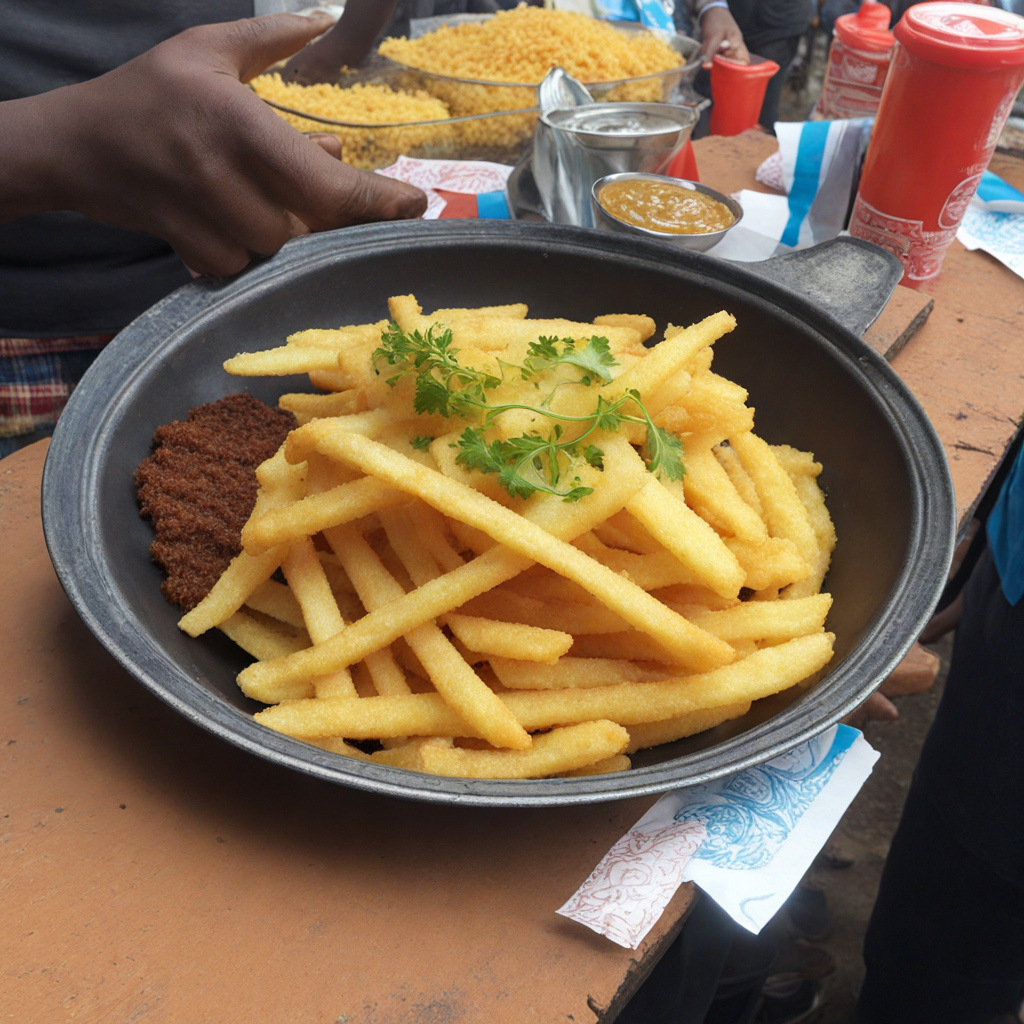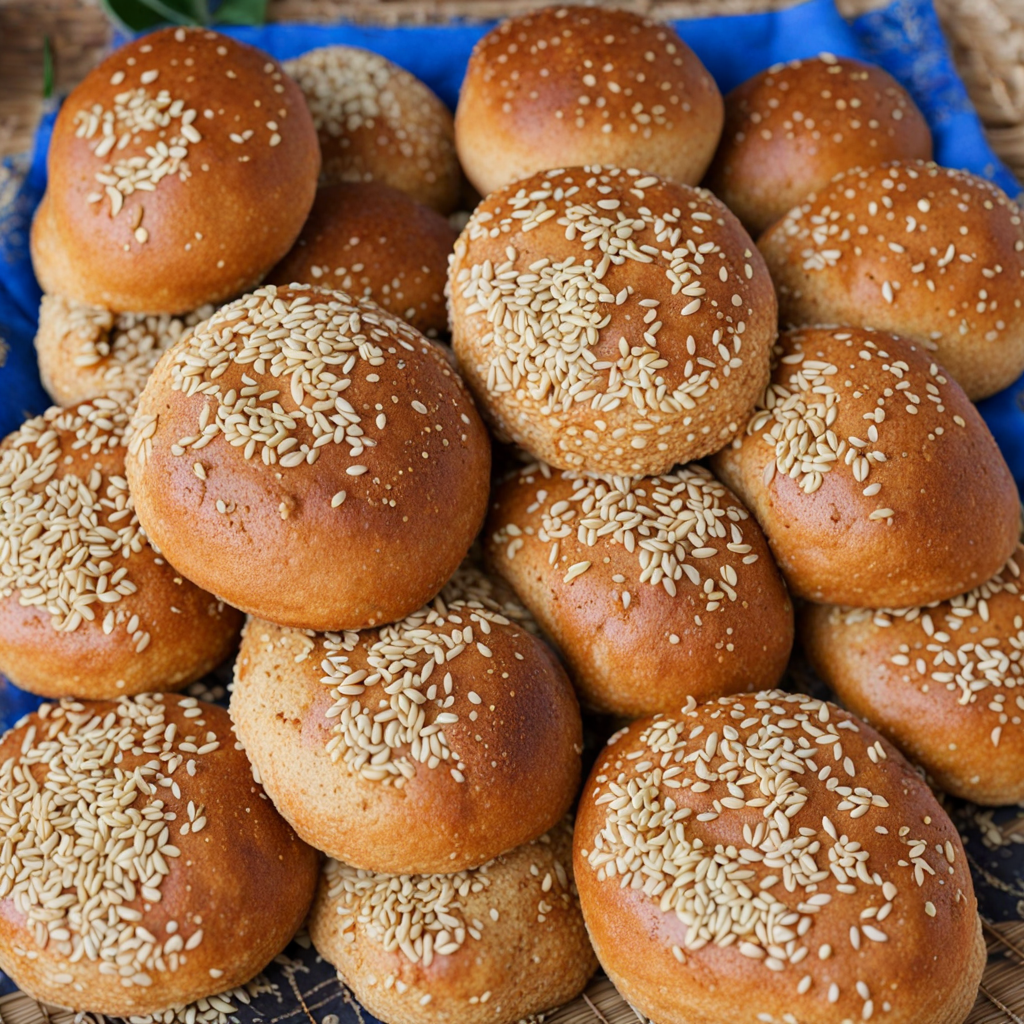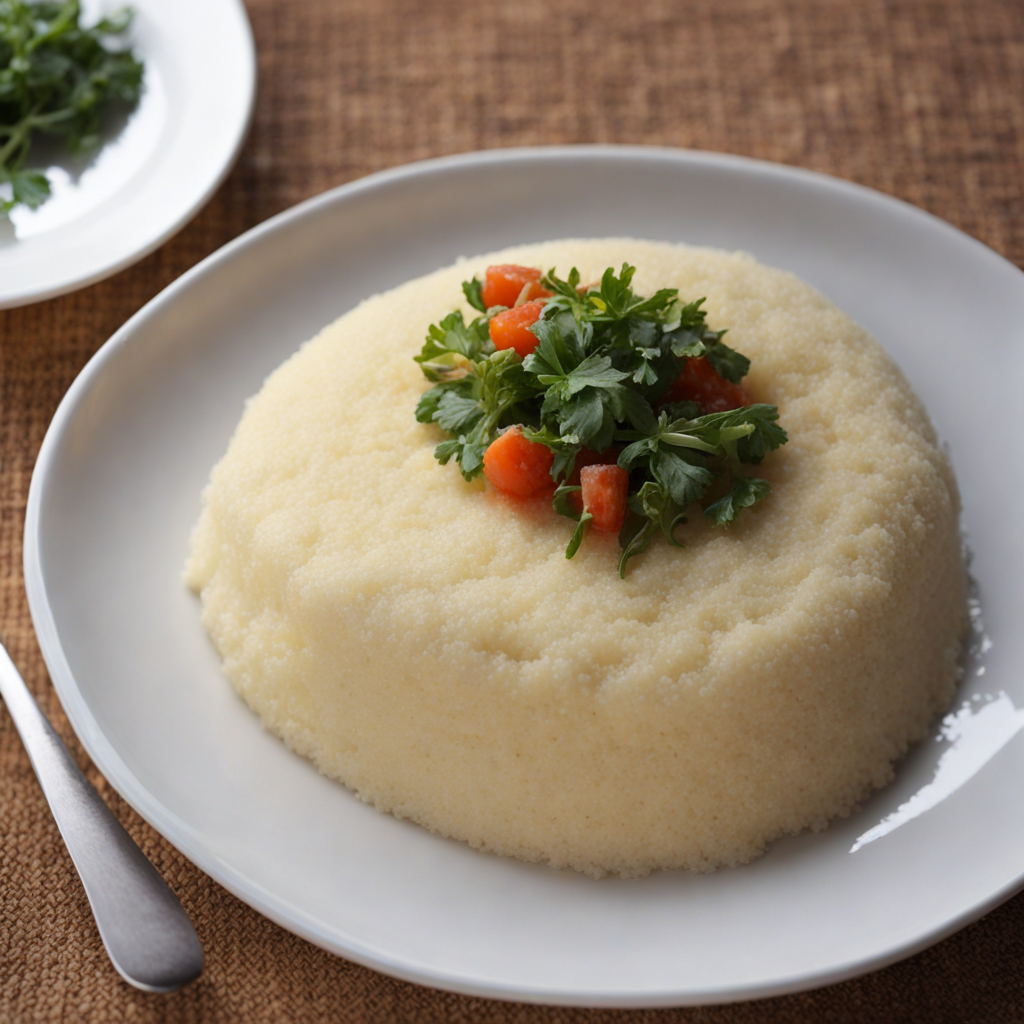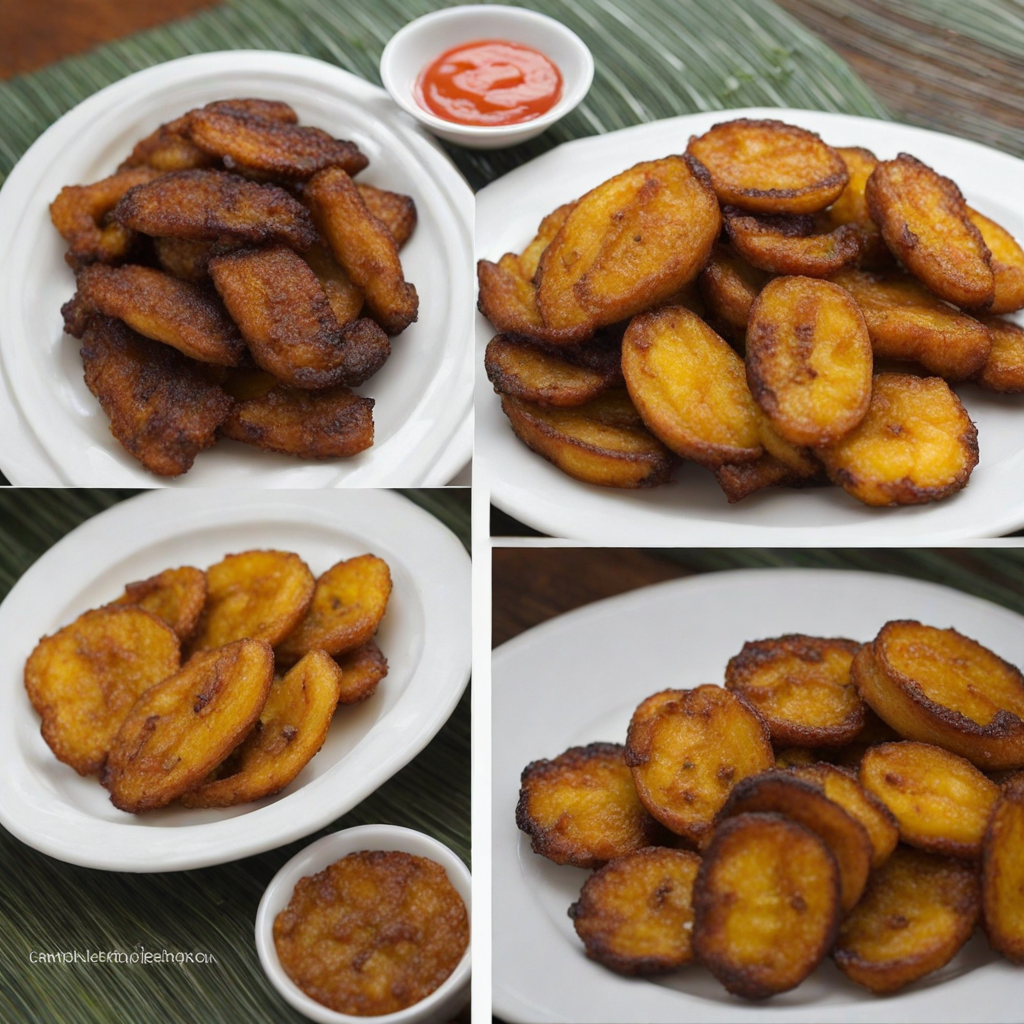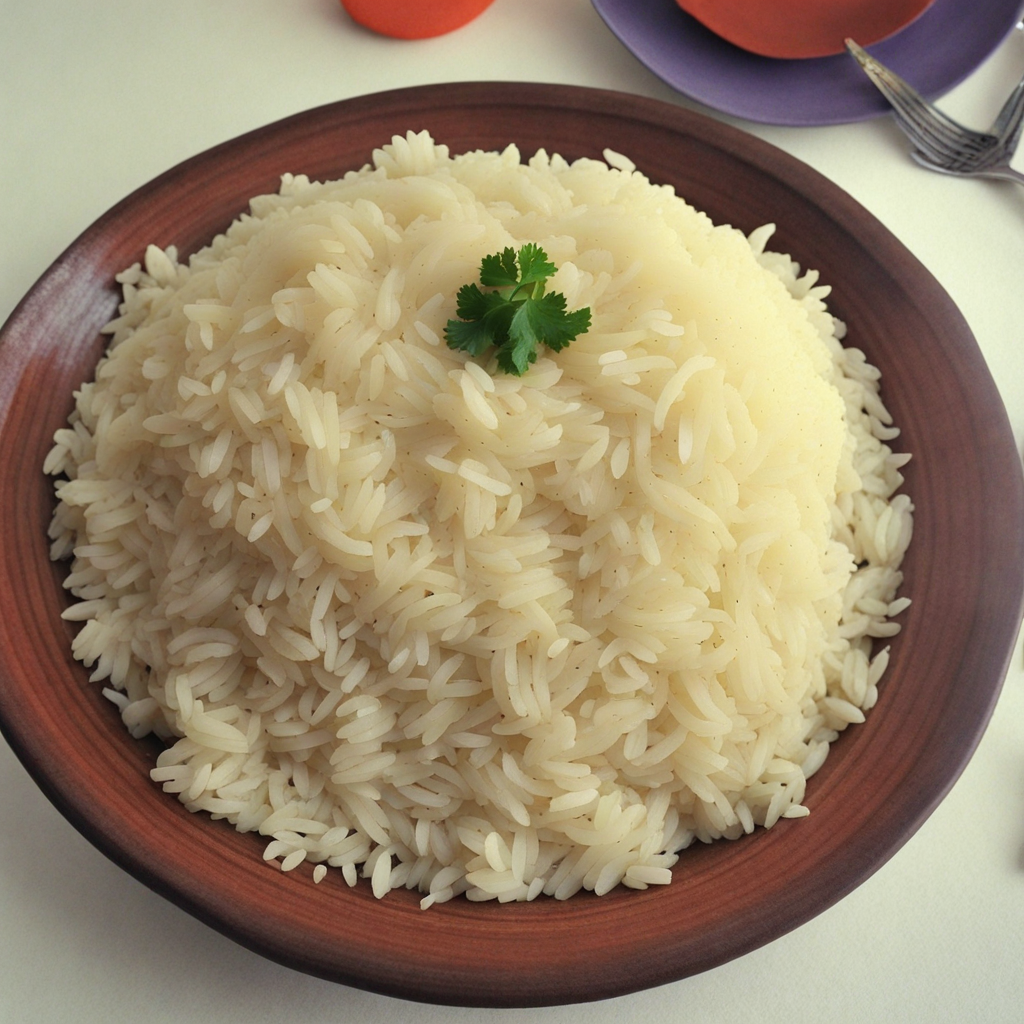Chipsi Mayai
Chipsi Mayai is a delightful Tanzanian dish that beautifully combines the simplicity of fries with the richness of eggs. At its core, this dish features crispy, golden-brown French fries that are shallow-fried to perfection. The fries are then folded into a fluffy omelet, creating a hearty meal that is both satisfying and comforting. The contrast between the crunchy exterior of the fries and the soft, creamy texture of the eggs offers a unique mouthfeel that is sure to entice food lovers looking for a new culinary experience. What sets Chipsi Mayai apart is its versatility and the opportunity for personal customization. It can be garnished with various ingredients such as chopped onions, tomatoes, and green chilies, adding layers of flavor that complement the core ingredients. The dish is often served with a side of spicy sauce or kachumbari, a fresh tomato and onion salad, enhancing its taste profile with a zesty kick. This makes Chipsi Mayai not only a meal but also a fun and interactive way to enjoy food, as diners can tailor it to their preferences. Traditionally enjoyed as street food, Chipsi Mayai is a staple in Tanzanian cuisine, often eaten for breakfast or as a quick snack throughout the day. Its popularity speaks to the comfort it provides, as well as its ability to bring people together over a shared love of delicious, hearty food. Whether you are indulging in it at a local eatery or trying your hand at making it at home, Chipsi Mayai promises to be a flavorful adventure that will leave your taste buds craving more.
How It Became This Dish
Chipsi Mayai: A Culinary Journey Through Tanzania Chipsi Mayai, a beloved street food in Tanzania, embodies the essence of the nation’s vibrant culture and culinary creativity. This simple yet flavorful dish, consisting of fried potatoes (chips) and eggs (mayai), has become a staple for many Tanzanians and a symbol of the country’s fusion of indigenous flavors and colonial influences. To understand the depth of Chipsi Mayai, we must explore its origins, cultural significance, and the evolution of this iconic dish through time. Origins of Chipsi Mayai The roots of Chipsi Mayai can be traced back to the introduction of potatoes in East Africa during the colonial period. Potatoes were brought to the region by European explorers and settlers in the late 19th century. Initially cultivated as a crop for export, the tuber quickly became integrated into local diets, where it was adapted to suit indigenous culinary practices. In Tanzania, the potato found a home in various dishes, but it was the influence of British colonialism that led to the creation of the fried potato dish known as "chips." The British tradition of fish and chips made a significant impact, and Tanzanian cooks began to prepare chips as a beloved snack or side dish. The addition of eggs to the mix is thought to have emerged as a practical solution to combine flavors and enhance the nutritional value of the meal. Eggs, already a staple in Tanzanian cuisine, were easily accessible and offered a rich source of protein. Consequently, the combination of fried chips and eggs morphed into what we now know as Chipsi Mayai—literally translating to "chips and eggs" in Swahili. Cultural Significance Chipsi Mayai is more than just a dish; it is a cultural phenomenon in Tanzania. Often sold at street stalls and roadside eateries, it symbolizes the communal and social aspects of Tanzanian life. The preparation and consumption of Chipsi Mayai often gather people together, fostering a sense of community. Street vendors, known locally as "mama ntilie," play a crucial role in this social fabric by providing affordable, quick meals for workers, students, and families alike. Moreover, Chipsi Mayai has transcended its role as a mere food item to become a cultural icon. It is frequently featured in celebrations, gatherings, and even casual outings. The dish is often enjoyed late at night by revelers after a long day, making it a symbol of indulgence and the joy of shared experiences. Chipsi Mayai is also a testament to the adaptability of Tanzanian cuisine. The dish can be customized with various ingredients such as tomatoes, onions, and spices, allowing for regional variations that reflect local tastes and preferences. This versatility showcases the creativity of Tanzanian cooks and their ability to blend traditional cooking methods with contemporary influences. Development Over Time As Tanzania progressed through the 20th century and into the 21st, the culinary landscape continued to evolve, and so did Chipsi Mayai. The post-independence era saw a resurgence of interest in local foods, as Tanzanians sought to reclaim their culinary identity. In this period, local ingredients and traditional cooking techniques were celebrated, resulting in a renewed appreciation for dishes like Chipsi Mayai. The rise of urbanization in Tanzania has also influenced the development of Chipsi Mayai. As more people moved to cities in search of work and opportunities, street food became an essential part of urban life. Chipsi Mayai emerged as a quick, affordable, and satisfying option for city dwellers navigating their busy lives. Vendors began to innovate, adding unique twists to the dish—some offering spicy sauces, while others incorporated local greens or even cheese. In recent years, the global food movement has shed light on street foods, and Chipsi Mayai has gained recognition beyond Tanzania's borders. Food enthusiasts and travelers have embraced the dish, eager to sample its flavors and understand its cultural background. This newfound popularity has led to an increase in the number of food trucks and restaurants offering Chipsi Mayai, further solidifying its status as a gastronomic treasure. Chipsi Mayai in the Modern Era Today, Chipsi Mayai remains a beloved dish that captures the hearts and palates of many. Its presence is felt in markets, festivals, and social gatherings across Tanzania. The dish has also found a place in the diaspora, where Tanzanians abroad celebrate their culinary heritage by preparing Chipsi Mayai for friends and family, sharing stories and memories associated with the dish. Social media has played a pivotal role in the resurgence of interest in Chipsi Mayai, with food bloggers and influencers showcasing the dish through vibrant photos and engaging narratives. This exposure has not only brought international attention to Chipsi Mayai but has also encouraged a new generation of cooks to experiment with traditional recipes, ensuring the dish’s evolution continues. Conclusion Chipsi Mayai is more than a simple meal of fried potatoes and eggs; it is a reflection of Tanzania's rich history and cultural tapestry. From its colonial origins to its current status as a beloved street food, the dish has journeyed through time, adapting and evolving while remaining true to its roots. As Tanzanians continue to embrace their culinary heritage, Chipsi Mayai will undoubtedly thrive as a symbol of community, resilience, and creativity. Whether enjoyed in bustling urban centers or humble roadside stalls, Chipsi Mayai is a dish that nourishes both the body and the soul, a testament to the power of food to bring people together and celebrate shared identities.
You may like
Discover local flavors from Tanzania



